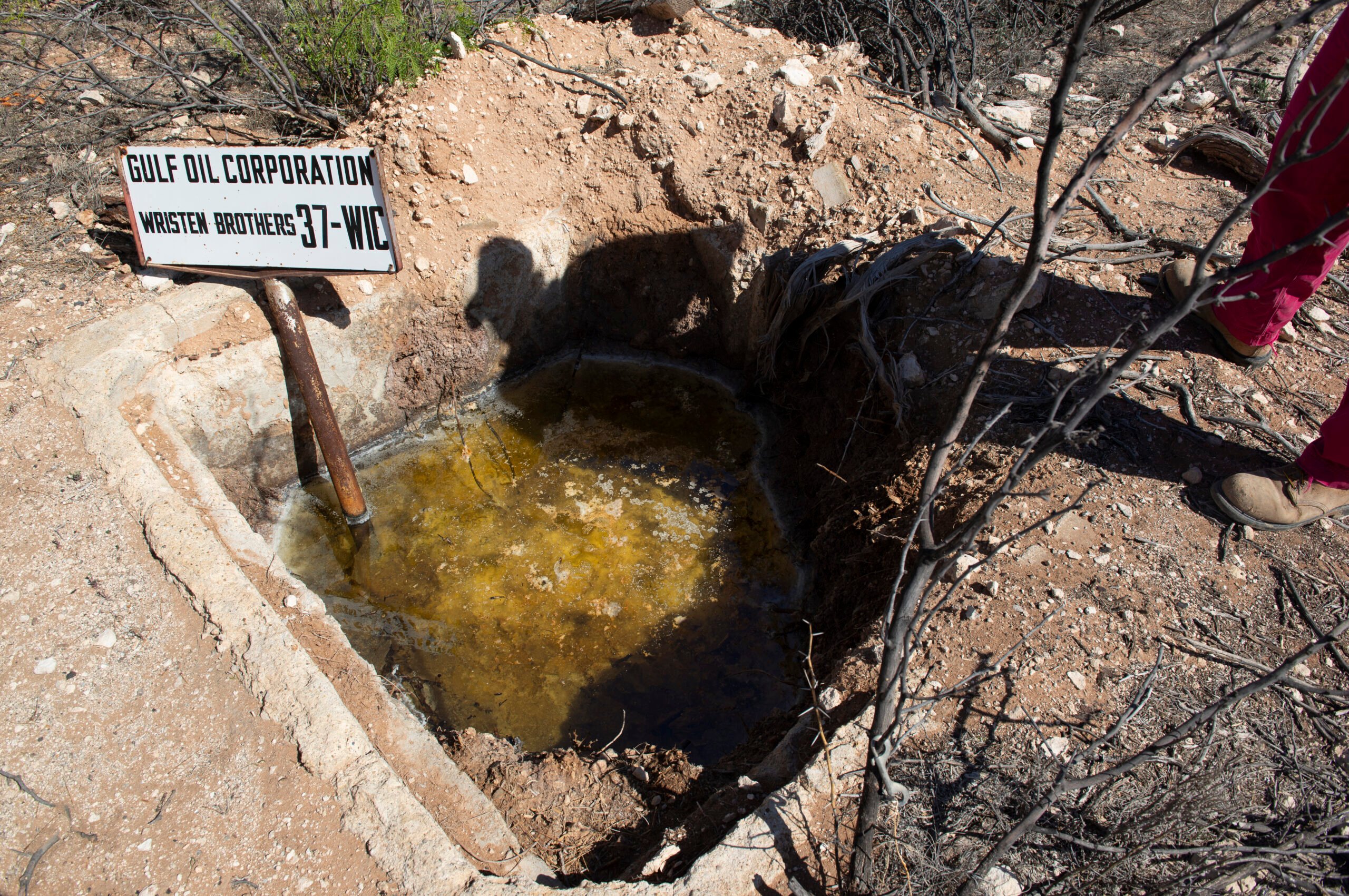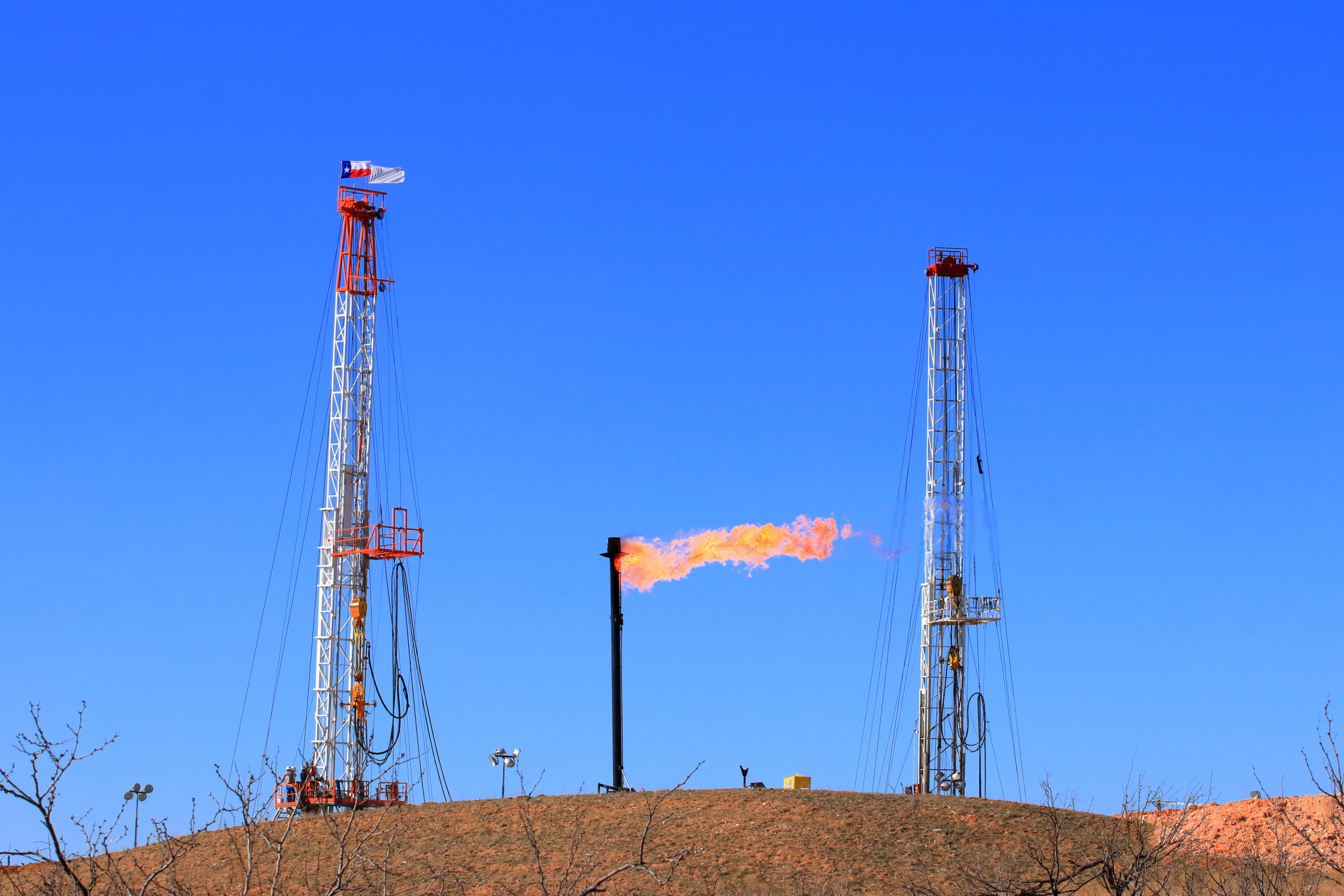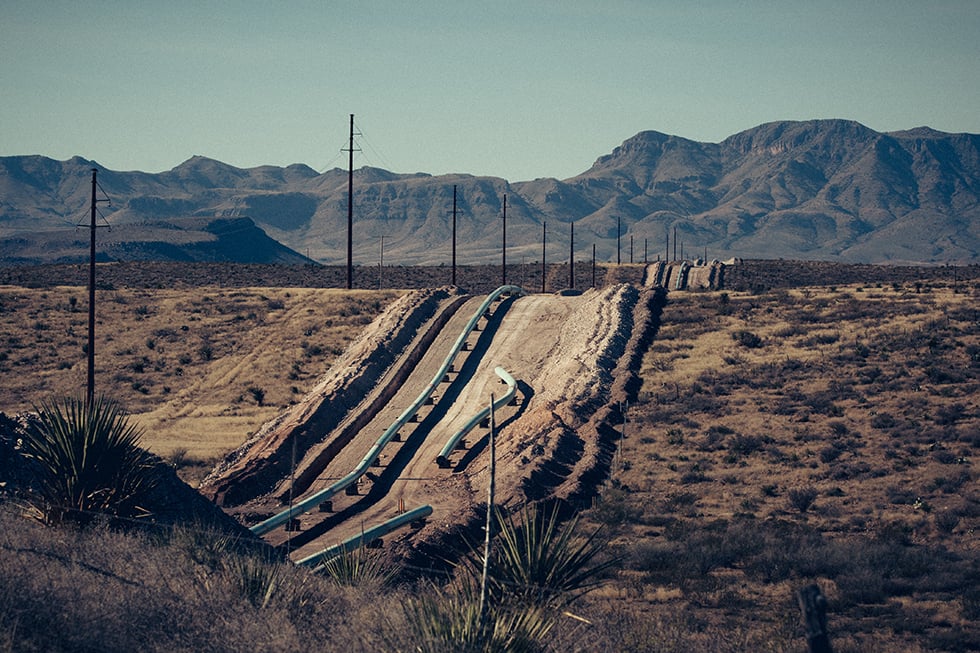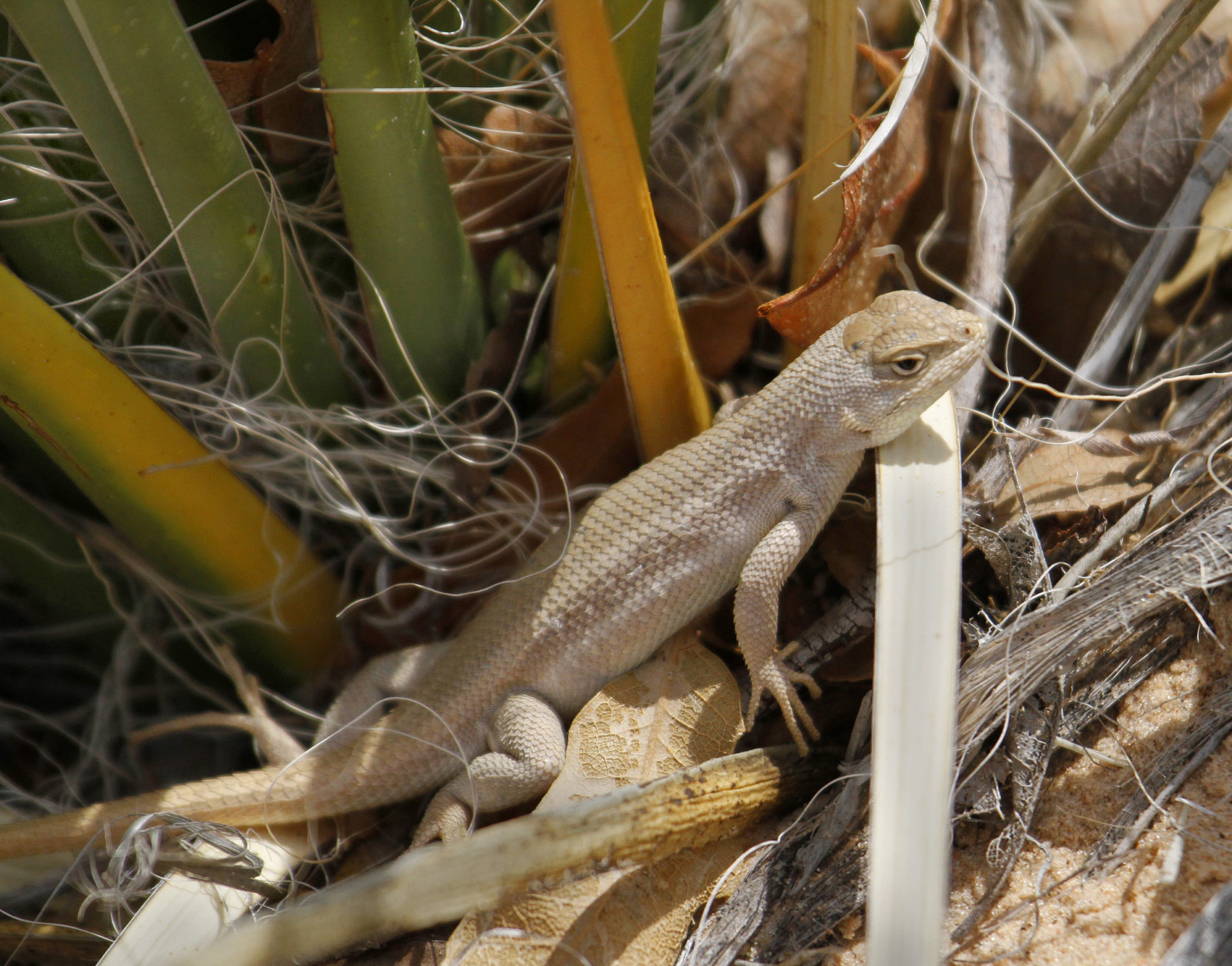
Destruction of Lizard’s West Texas Habitat 10 Times Worse Than Previously Thought
About 2,700 acres of the lizard’s habitat have been disturbed by oil and gas development and sand mining since 2012.

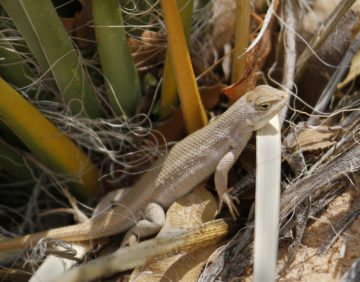
In 2012, the U.S. Fish and Wildlife Service (FWS) made the controversial decision not to list the dunes sagebrush lizard, a three-inch reptile native to the West Texas oil patch, as endangered. Instead, the agency signed off on a conservation plan developed by the Texas comptroller’s office that allows oil and gas companies and landowners to voluntarily agree to protect the lizard’s habitat.
Five years later, that plan appears to be failing. In July, a little-noticed report from the comptroller’s office found that oil and gas development in the booming Permian Basin has disturbed 2,378 acres of land where the lizard is found — almost 10 times the agency’s previous estimates. In earlier reports, the comptroller relied on reporting from oil producers voluntarily enrolled in the conservation plan. But many producers in the Permian Basin don’t participate. When the comptroller looked at satellite images of the region, the scope of the destruction became much clearer. In fact, 77 percent of the disturbed acreage was linked to companies not enrolled in the program.
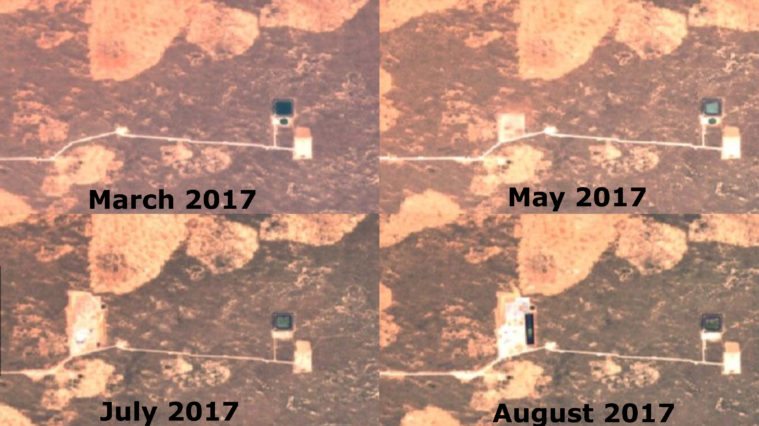
In addition, a new analysis released on Monday by Defenders of Wildlife finds that a boom in mining for sand since the beginning of the year is eating up more habitat. For Texas oil drillers who require fine sand to frack, trucking in the valuable sediment from out of state can be up to 40 percent more expensive.
The Defenders of Wildlife analysis found that, since March, nine sand mining companies have disturbed an additional 292 acres of lizard habitat. That figure is in line with the comptroller’s own estimates. In total, mining companies have leased 23,000 acres of land in parts of the Permian Basin that are home to the lizard. If all that acreage is mined, about 10 percent of the lizard’s habitat could be destroyed, according to the environmental group.
“Sand mining can be potentially far worse for the species” than fracking, said Ya-Wei Li, an attorney with Defenders of Wildlife. “When you’re mining sand, you’re going to an area with an enormous bulldozer and scraping off sand and removing it for use in fracking.”
The dunes sagebrush lizard is found in the shinnery oak dunes in West Texas and New Mexico. A skittish creature, the lizard burrows in the dunes to shelter from the scorching heat during summers and forages insects that are attracted to the shinnery oak. The fine sand found in the dunes is also valuable in helping to prop open the tiny fissures produced by fracking.
A spokesperson for the comptroller’s office said that Robert Gulley, the head of the endangered species program, was unable to respond to Observer questions on Monday. Lesli Gray, a FWS spokesperson, said the agency was working closely with the comptroller’s office and wants the conservation plan “to be a successful effort for both the lizard and the companies involved.”
“What legal ability is there to force people to stay off the lizard’s habitat? There really isn’t one.”
The dunes sagebrush lizard’s management has been a source of controversy since 2010 when FWS announced that it would consider listing the species as endangered. The oil and gas industry joined forces with then-Texas Comptroller Susan Combs to try to prevent its listing. Amid protests from conservation groups, FWS put Combs’ office in charge of protecting the lizard and she in turn appointed a nonprofit funded by the Texas Oil and Gas Association to handle the conservation program’s management.
In 2016, when Glenn Hegar succeeded Combs as comptroller, he discovered that the oil-backed nonprofit had completed very little of the habitat preservation work it was supposed to do. Hegar sacked the organization and hired a for-profit firm to oversee the conservation plan. However, the voluntary approach has struggled to keep up with challenges. Sand mining has recently emerged as an unexpected threat and the satellite imagery has helped expose the full extent of habitat destruction in West Texas.
Because the plan is entirely voluntary, Hegar can’t force the industry to take steps to avoid harming the lizard, much less require sand miners or oil producers to avoid critical habitat altogether.
“What legal ability is there to force people to stay off the lizard’s habitat?” said Li. “There really isn’t one.”
For now, the comptroller is asking the sand miners to voluntarily enroll in the conservation plan. Of the 16 companies that are operating or planning to operate in the area, eight have agreed to avoid lizard habitat or modify their operations to minimize effects on the critter. But at least four are unwilling to join the conservation program. According to Li, two of them — Hi-Crush and Atlas Sand Company — lease 6,742 acres, representing 11 percent of the best lizard habitat in West Texas. As demand for fine sand increases and the economics of mining in West Texas become more attractive, those companies might ramp up production. That could be devastating for the lizard, Li said.
Li said his group and the Center for Biological Diversity are evaluating whether to petition FWS to reconsider its decision not to list the lizard. Gray, the FWS spokesperson, said the agency isn’t currently reconsidering its 2012 decision to not list the species.
But Hegar seems to recognize that a listing might be inevitable. At an event last week at the Permian Basin Petroleum Association, Hegar told members that their “arguments against listing the lizards will be difficult.”
“Even if the U.S. Fish and Wildlife Service says we’re doing a good job, the matter could still wind up before a D.C. judge,” he said. “The margin for error is too small.”
